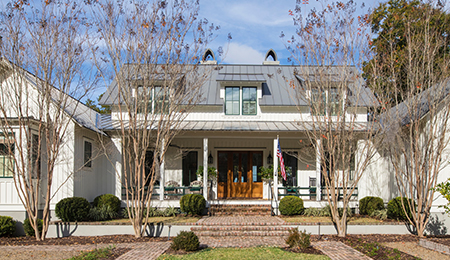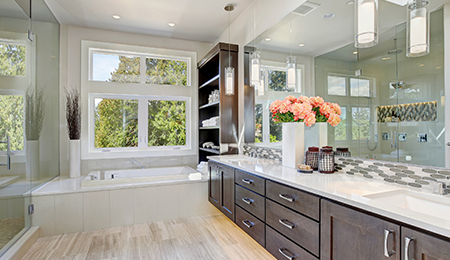Does it make more sense to renovate or move into assisted living?
Let’s address a common concern raised by Christine, who is grappling with whether to renovate her grandmother’s house or explore alternative living arrangements. This dilemma is one many families face as their loved ones age, prompting the need for careful consideration of factors such as finances, personal health, and overall family dynamics.
When contemplating whether to renovate or consider assisted living, finances play a crucial role. Investing in home improvements, such as making the house more accessible and user-friendly, can be a worthwhile option. While these updates may require an initial investment, they often pale in comparison to the ongoing costs associated with personal care homes or assisted living facilities.
If the desire is for the aging family member to continue living in their current home, it’s essential to prioritize making the house as comfortable and safe as possible. Consider cosmetic changes like replacing carpets with more practical flooring, adding ramps for easier access, widening door thresholds for potential mobility aids, and installing grab bars in bathrooms. These thoughtful adjustments can significantly enhance the quality of life for the aging family member.
Many families find that a physical fall is the tipping point leading to the need for additional services or medical care. By proactively addressing potential hazards in the home, such as trip hazards and difficult-to-navigate spaces, the risk of accidents can be significantly reduced, allowing the aging family member to live more comfortably.
“When contemplating whether to renovate or consider assisted living, finances play a crucial role.”
To navigate this decision-making process effectively, consider consulting with a remodeler specializing in aging-in-place renovations. Additionally, explore available funds and grants within the community, as there may be financial assistance options, especially for veterans. Taking advantage of such resources can help offset the costs associated with home improvements.
Ultimately, the most crucial aspect of this decision-making process is having open and honest conversations with the aging family member. Understanding their wishes, desires, and concerns will guide the family in making informed choices that prioritize the well-being and happiness of the individual.
The decision to renovate a home for an aging family member requires careful consideration of various factors. By prioritizing user-friendly improvements, exploring financial assistance options, and engaging in open conversations, families can create a supportive and comfortable environment for their loved ones as they navigate the challenges of aging. If you have questions or need guidance on handling such transitions, don’t hesitate to call or email.



